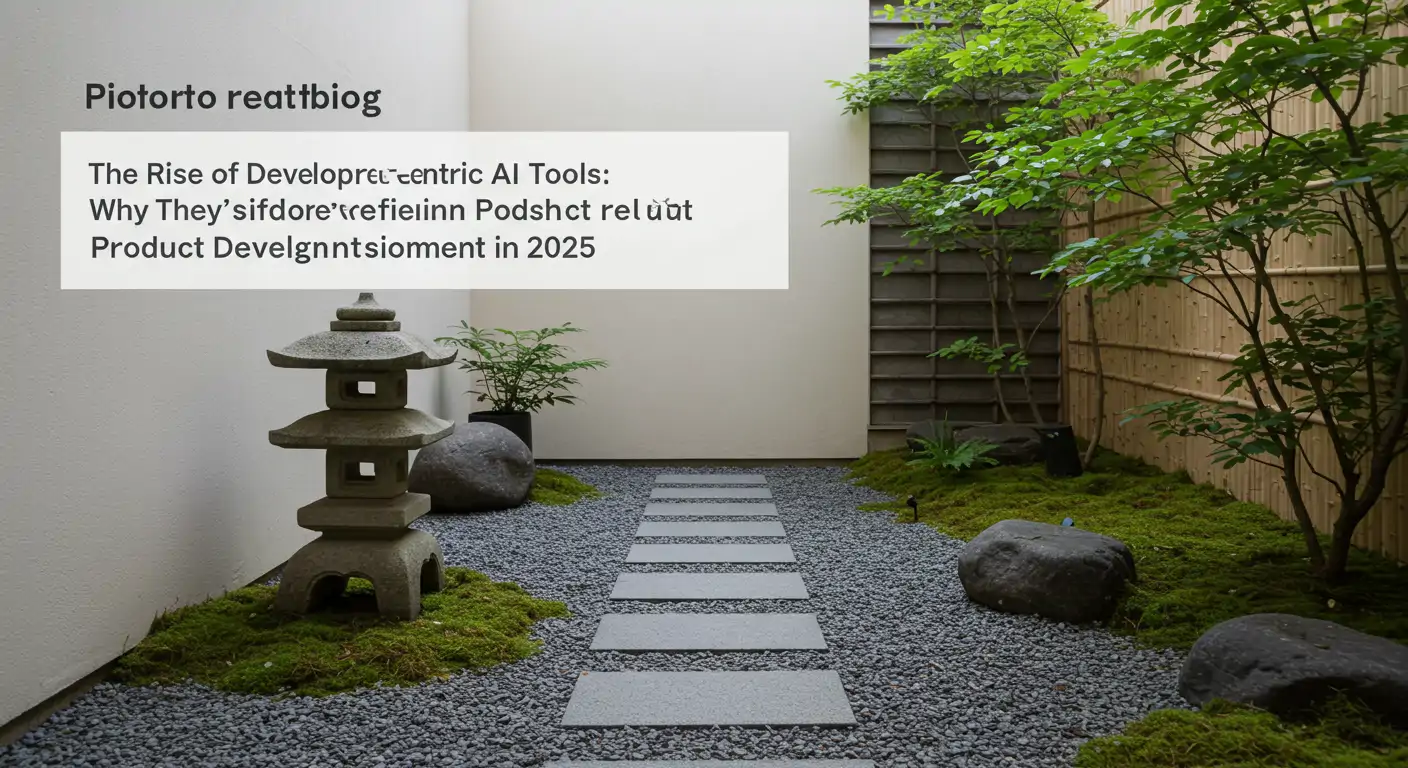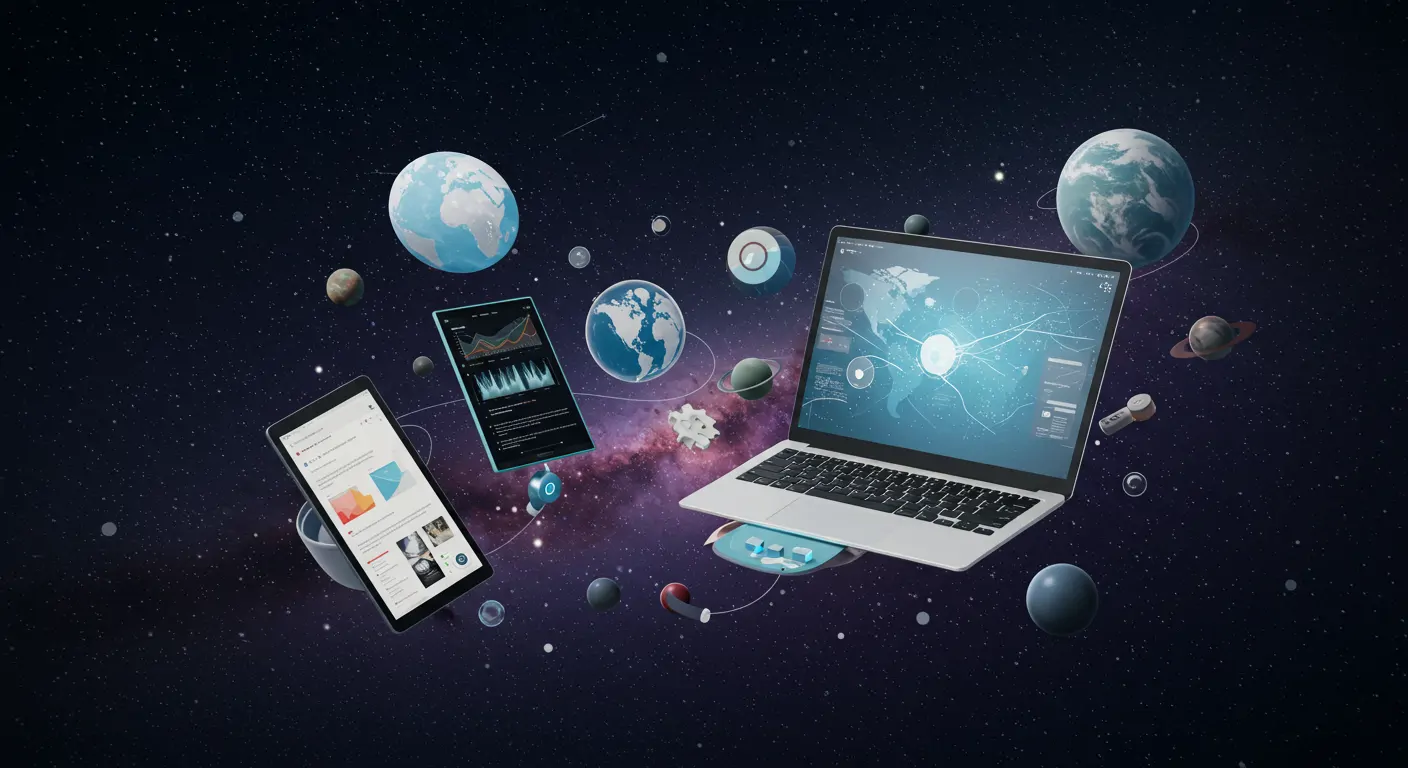The New Reality: Developer-Centric AI Tools
In early 2025, GitHub announced a 210% increase in Copilot subscriptions, underscoring a paradigm shift in software development. Developer-centric AI tools are empowering coders to automate repetitive tasks, enhancing productivity and creativity. For the tech industry, this signals a move towards more agile and innovative product development cycles.
These tools are not just an incremental improvement; they're a transformative force enabling faster time-to-market and reducing operational costs. From startups to tech giants, the impact is profound, affecting developers, businesses, and investors alike. Estimated read time: 15 minutes.
Market Dynamics: What's Happening Right Now
The adoption of developer-centric AI tools has surged, with companies like Replit reporting a user base growth of 150% in 2024. OpenAI's ChatGPT API has been integrated by over 40% of Fortune 500 companies by mid-2025. The market size for AI-driven development tools is expected to reach $10.5 billion by the end of 2025, a 35% increase from 2024.
Traditional development processes, often plagued by inefficiencies and time constraints, are being overhauled. In 2024, Google’s AI-enhanced code review reduced bug discovery time by 25%, proving the efficacy of these innovative approaches.
Key Drivers: What's Fueling This Trend
Driver 1: Economic Efficiency
Developer-centric AI tools have reduced development costs by up to 30%, according to a 2024 McKinsey report. By automating mundane tasks, these tools allow developers to focus on high-value activities.
Driver 2: Technological Advancements
Advancements in natural language processing and machine learning have made AI tools more intuitive and accessible. OpenAI's latest language model, released in late 2024, improved code suggestion accuracy by 40%.
Caption: Data visualization
Real-World Impact & Case Studies
Case Study 1: Replit
- In 2024, Replit integrated AI-powered code generation, which increased developer output by 60%.
- The company saw a 200% increase in project completion rates, highlighting the transformative potential of these tools.
- Key lesson: AI can democratize coding, making it accessible to non-experts.
Case Study 2: GitHub
- GitHub Copilot users reported a 30% reduction in code review times in 2024.
- This efficiency gain led to faster deployment cycles, showcasing the real-world benefits of AI integration.
Industry Implications
For Developers
- Learn AI/ML integration to stay competitive.
- New roles in AI-augmented development teams.
For Businesses
- Adopt AI tools for faster innovation.
- Gain a competitive edge with reduced development cycles.
For Investors
- Opportunities in AI tool startups.
- Consider risks of over-reliance on AI for critical tasks.
Challenges & Criticisms
Some critics argue that over-reliance on AI tools might lead to skill atrophy among developers. In 2025, a survey by TechCrunch found that 40% of developers fear job automation. Moreover, issues of data privacy and AI bias remain significant concerns, necessitating cautious implementation.
Future Outlook: What's Next
Over the next 6-12 months, expect further integration of AI tools across industries. By 2027, AI-driven development is projected to streamline 70% of coding activities. Companies should prepare by investing in AI training and infrastructure upgrades to stay ahead.
Frequently Asked Questions
- What are developer-centric AI tools? Tools that assist developers in coding tasks using AI.
- How are these tools changing product development? By reducing time-to-market and enhancing efficiency.
- What are the potential risks? Over-reliance and data privacy issues.
- Are traditional developers still needed? Yes, for strategic and creative roles.
Conclusion: Key Takeaways
- AI tools are accelerating development processes.
- Businesses must adapt to leverage AI benefits.
- Developers need to embrace AI integration.
- The future of development is AI-augmented.
To stay updated, follow industry news and engage with AI communities.




